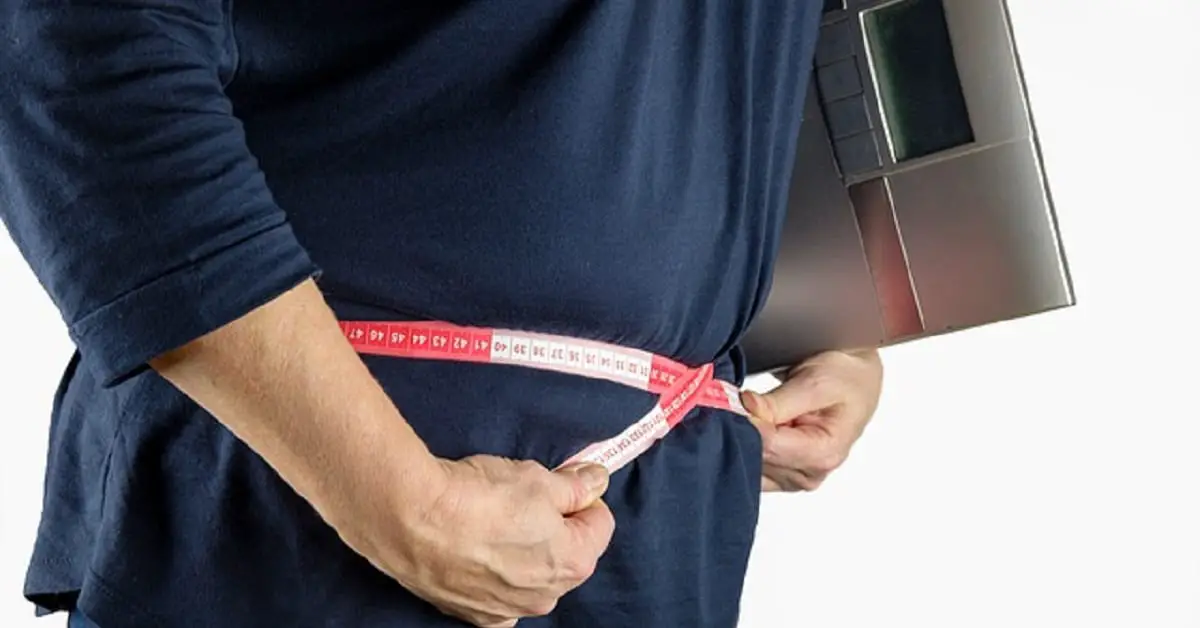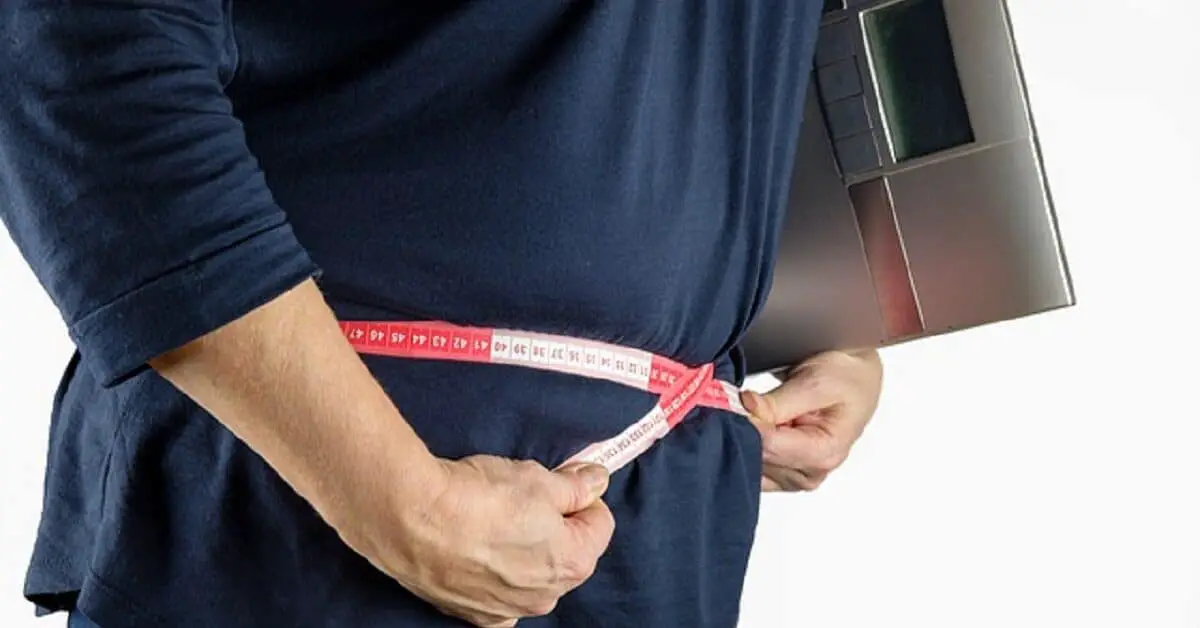
This article answers questions about maintenance calories and how to calculate them.
We introduce readers to an advanced maintenance calorie calculator (Body Weight Planner) designed by Dr. Kevin Hall and his team at the National Institute of Diabetes and Digestive and Kidney Diseases. The app helps you calculate your maintenance calories, the calorie deficit you need to lose weight, and the intake to maintain your weight loss.
What are maintenance calories?
Maintenance calories refer to the daily calories needed to balance Total Daily Energy Expenditure (TDEE) and keep body weight roughly constant.
You are on maintenance calories when there is a balance between calories ingested and calories burned so that there is no significant long-term change in body weight.
In theory, body weight maintenance boils down to a simple equation of calories in and calories out:
- Calories in greater than calories out = weight gain
- Calories out greater than calories in = weight loss
- Calories in equals calories out = maintenance calories = no weight gain/loss
But in practice, being on maintenance calories does not mean that your body weight remains constant. It means that your body weight fluctuates within a narrow range and weight gain over a short period equals weight loss in the same time frame.
For instance, you may lose weight by fasting overnight and regain it by eating a large breakfast in the morning. You may also gain a pound or two if you indulged yourself a bit during the holiday season but returned to your daily diet routine afterward.
There are two types of maintenance calories: Weight maintenance calories and weight loss maintenance calories.
We shall discuss the two types of maintenance calories and note the often overlooked but crucial distinction between them. We also show you how to calculate them.
Contents:
What are weight maintenance calories?
What are weight loss maintenance calories?
How to calculate weight loss maintenance calories
Maintenance calorie calculator (Body Weight Planner)
How to calculate weight maintenance calories
Formulas for calculating weight maintenance calories:
–Harris-Benedict equation for BMR
–Revised Harris-Benedict equation
–Mifflin St Jeor equation for estimating REE
What are weight maintenance calories?

Weight maintenance calories apply to people who haven’t recently experienced diet-induced weight loss and aren’t trying to lose weight but only want to prevent weight gain.
If you are in that situation, you can maintain your current body weight and prevent weight gain by calculating your weight maintenance calories and staying within the recommended calorie limits.
But before you start working on preventing weight gain, you first need to ensure that your current body weight falls within a healthy range.
If your body weight is above the healthy range, we recommend losing weight. It is not advisable to keep an unhealthy weight because research has associated overweight with an increased risk of cardiovascular diseases, such as stroke, coronary heart disease (CHD), vascular health disorders. It is also associated with an increased risk of diabetes, kidney diseases, and non-alcoholic fatty liver disease.
What are weight loss maintenance calories?
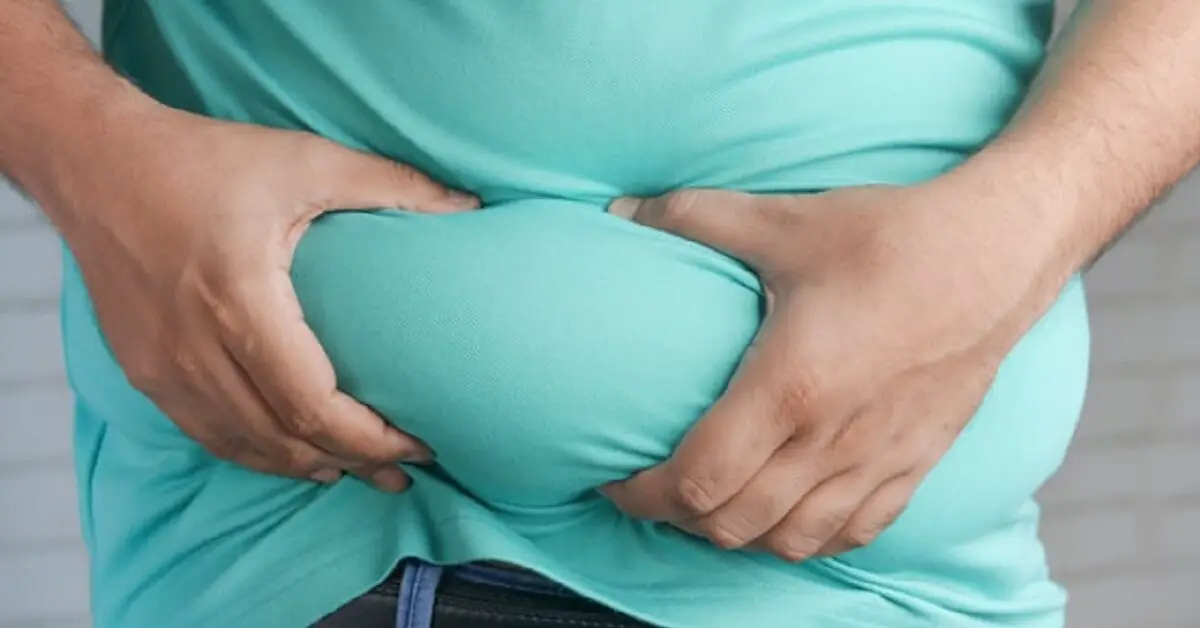
Weight loss maintenance calories apply to people who have experienced diet-induced weight loss and are trying to maintain their weight loss.
In a previous article, we showed how to determine the calorie deficit you need to lose weight and discussed the concept of adaptive thermogenesis.
Adaptive thermogenesis refers to metabolic adaptations that make the body resist significant long-term weight loss and predisposes people who have lost weight to regain them.
Thus, if you have successfully reduced your body weight through dietary intervention, you need to know your weight loss maintenance calories to help prevent weight regain.
Weight loss maintenance calories are not the same as weight maintenance calories because individuals experiencing diet-induced weight loss may also experience a greater-than-expected reduction in resting metabolic rate, RMR (or basal metabolic rate, BMR) due to adaptive thermogenesis.
According to Camps and associates, adaptive thermogenesis is the greater-than-expected reduction in resting metabolic rate (RMR) associated with diet-induced weight loss.
Ostendorf and associates (2020) reported that people trying to maintain a substantial weight loss often needed relatively higher levels of physical activity during the day to remain in energy balance and avoid weight regain.
Thus, if you try to maintain weight loss by consuming calculated weight maintenance calories, you will likely regain the weight you lost if you don’t increase your physical activity levels. That is because your body requires fewer calories to maintain your new weight than other people who have always been in that weight range.
Studies also show that people trying to lose weight and maintain weight loss need quality sleep in the night. However, older people often struggle with age-related decrease in sleep quality that works against weight loss plans.
How to calculate weight loss maintenance calories

Calculating weight loss maintenance calories involves complex mathematics beyond the skills of most people. However, experts have done the hard work, and we don’t need to do the calculations ourselves.
Hall and associates (201l) developed a web-based app that accurately predicts the number of calories you need to cut from your diet (calorie deficit) to lose a specific amount of weight within a time frame and the calories intake you need to maintain the weight loss.
According to the researchers, their mathematical model simulates energy expenditure adaptations that occur during weight loss and adjusts for the effects of adaptive thermogenesis as people lose weight.
Maintenance calorie calculator (Body Weight Planner)
You may use the calorie calculator below to estimate your weight maintenance calories. The calculator is based on the Mifflin St Jeor equation.
[calorie_calc id=”10193″]
You may also follow any of the links below to access the Body Weight Planner app, an advanced maintenance calorie calculator developed by Dr. Kevin Hall and colleagues at the National Institute of Diabetes and Digestive and Kidney.
Maintenance calorie calculator (Body Weight Planner)
Hall and associates Body Weight Planner: (You will find a link to a PDF containing a detailed description of the researchers’ mathematical model on this page).
The app allows you to enter your current body weight, sex, age, height, and a numerical estimate of your current physical activity level (PAL). It also allows you to enter your goal weight and the time frame to achieve it. The app then prompts you to enter planned changes in physical activity level as part of your weight loss and weight loss maintenance efforts.
Once you’ve entered all the relevant variables, the app automatically calculates the calories you need to consume daily to:
a. Maintain your current body weight (weight maintenance calories].
b. The calories you need to consume daily to reach a desired lower bodyweight in a specific time frame (your weight loss calories).
c. The calories you need to consume daily to maintain your new bodyweight (your weight loss maintenance calories)
The YouTube video below offers a tutorial on how to use the app.
However, if you are interested in learning how to calculate weight maintenance calories manually, read on.
How to calculate weight maintenance calories
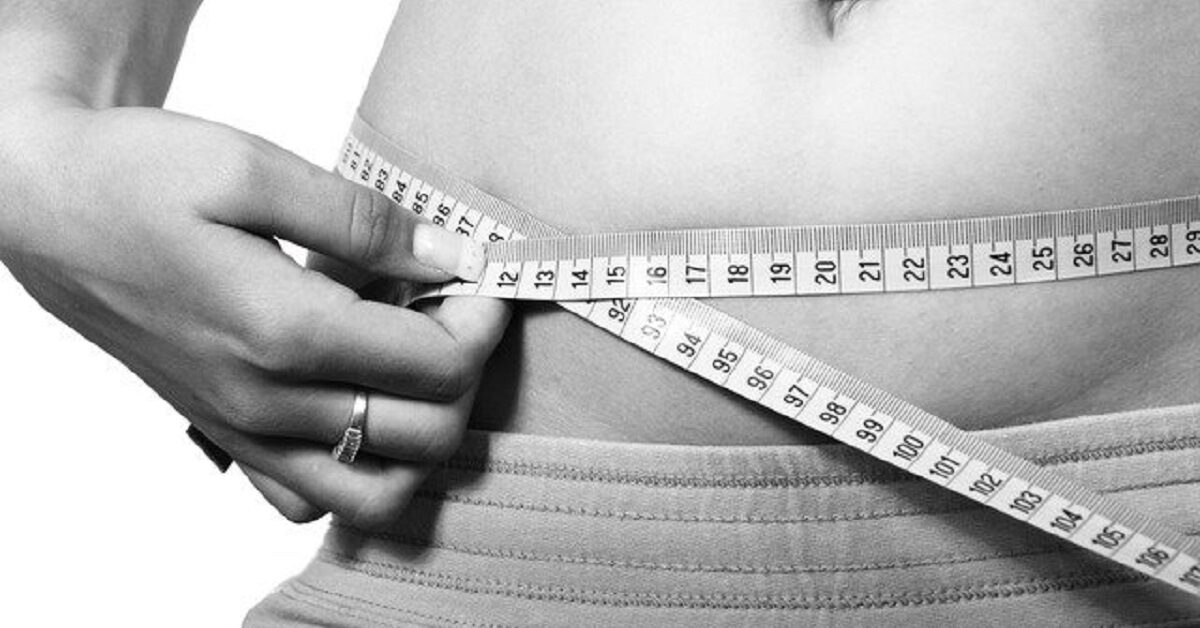
Weight maintenance calories are easy to calculate. Anyone can figure out their weight maintenance calories in minutes with only Grade 6 math skills.
You need to know your Total Daily Energy Expenditure (TDEE) to calculate your weight maintenance calories. Your weight maintenance calories should be equal to your calculated TDEE.
Total Daily Energy Expenditure (TDEE) is simply the daily energy cost of living. It includes the energy cost of all physiological processes essential for the maintenance of life and the energy cost of daily physical activities.
To calculate your Total Daily Energy Expenditure, you need to know the variables that add up to it.
The components of TDEE are Basal Metabolic Rate (BMR), Thermic Effect of Food (TEF), and Physical Activity (PA).
i.e. TDEE = BMR + TEF + PA
Basal Metabolic Rate, BMR
Basal Metabolic Rate (also known as Basal Energy Expenditure, BEE) is the rate at which a healthy subject uses energy while resting (reclined) in a thermal neutral zone (temperature-controlled room) after at least 12 hours of fasting. It is measured in the morning after the subject has fasted and rested overnight and refrained from taking alcohol and nicotine for at least 12 hours.
The subject should also have refrained from vigorous physical exercise for at least 24 hours, and be free from mental and physical stress (McMurray et al., 2014).
Subjects need to rest overnight and refrain from vigorous physical exercise for 24 hours so that the measurements won’t include energy expenditure due to physical activity. You also need temperature-controlled room because to high or low temperatures may affect metabolism.
For instance, the high temperatures in a dry sauna may boost metabolic rate by 25-33%.
They also need to fast so that the Thermic Effect of Food (see definition of TEF below) does not affect the measurements.
Stimulants, mental and physical stress may also increase energy expenditure above the basal rate.
BMR measurement should be done in a clinical setting because it requires precisely-controlled conditions. Where the ideal conditions and facilities for measuring BMR are not available, researchers may choose to measure Resting Metabolic Rate(RMR) instead (Melanson, 2018).
[Note: RMR is also known as resting energy expenditure, REE]
Resting Metabolic Rate (RMR) is easier to measure because it requires less precisely controlled conditions. It is a reasonable approximation of BMR for most practical purposes.
BMR (or RMR) accounts for most of TDEE. It contributes an estimated 60%-70% to TDEE. People with greater muscle mass, such as athletes and bodybuilders, have higher BMR than fatter individuals with the same bodyweight because muscles burn more energy at rest.
Thermic Effect of Food (TEF)
The Thermic Effect of Food (TEF) refers to the increase in metabolic rate above BMR due to energy expended during ingestion, digestion, absorption, and utilization of food.
TEF is also known as diet-induced thermogenesis (DIT) or specific dynamic action (SDA). It constitutes about 8%-15% of TDEE.
The three main macronutrients — proteins, carbohydrates, and fats — have different TEFs expressed as a percentage of their caloric values
- Carbs yield about 4 calories per gram and have a TEF of 5-10%
- Fats yield about 9 calories per gram and have a TEF of 0-3%
- Protein yields about 4 calories per gram and has a TEF of about 20-30%
You can see from the figures that proteins have the highest TEF. That means the human body expends more energy digesting and assimilating proteins than it does carbs and fats.
Physical Activity (PA)

PA measures energy expenditure due to physical activities. It includes daily activities, such as house chores, gardening, washing the car, taking a brisk walk, jogging, and strength training.
Physical Activity (PA) has two components:
- Exercise Activity Thermogenesis (EAT)
- Non-exercise Activity Thermogenesis (NEAT)
Physical Activity (PA) = Exercise Activity Thermogenesis (EAT) + Non-Exercise Activity Thermogenesis (NEAT)
or PA = EAT + NEAT
Non-exercise Activity Thermogenesis (NEAT) refers to the energy expended due to daily physical activities of a routine nature that doesn’t reach the level of a vigorous or structured physical workout.
According to Levine (2002), it excludes energy expended during sleeping, eating, or sports-like activity. It includes all non-resting “trivial” daily activities, such as leg movements while sitting, fidgeting while sitting on your sofa watching TV, whistling under your breath, and typing on your laptop.
It also includes energy expended during activities, such as debating politics with a friend, brushing, showering, doing the laundry, washing the dishes, and walking up the stairs.
Exercise Activity Thermogenesis (EAT) refers to energy expenditure associated with intense physical activity or structured sports-like activity, such as weightlifting exercises, cardio exercises (running on a treadmill or elliptical and jogging), and calisthenics, such as squats, pushups, and sit-ups.
EAT contributes 15%-30% to TDEE, while NEAT contributes 15%-50%.
Formulas for calculating weight maintenance calories

Total Daily Energy Expenditure (TDEE) = Basal Metabolic Rate (BMR) + Thermal Effect of Food (TEF) + Physical Activity (PA)
or TDEE = BMR + TEF + PA,
Where PA = EAT + NEAT
Scientists can accurately measure TDEE using specialized equipment and techniques such as:
- Direct and indirect calorimetry
- Doubly labeled water technique (DLW) is considered the gold standard for measuring TDEE
- Heart rate monitoring
- Pedometers
- Accelerometry
Researchers have also developed mathematical formulas that anyone can use at home to estimate their BMR and TDEE.
The most widely-used formulas include:
- Harris-Benedict Equation
- Mifflin St Jeor Equation
- Katch-McArdle Formula
- Schofield
Harris-Benedict equation
Harris and Benedict (1918) developed a formula for calculating BMR based on data collected from indirect calorimetric measurements in 239 normal subjects.
To estimate TDEE using the Harris-Benedict equation, you first calculate BMR, the main component of TDEE, and then apply a multiplier representing Physical Activity Level (PAL).
The components of the Harris-Benedict equation are weight, height, age, sex, and activity level.
The Harris-Benedict formula for Men:
Metric units: BMR = 66.5 + ( 13.76 × wt in kg ) + ( 5.003 × ht in cm ) – ( 6.755 × age in years )
Imperial units: BMR = 66 + ( 6.2 × wt in lbs ) + ( 12.7 × ht in inches ) – ( 6.76 × age in years )
The Harris-Benedict formula for women:
Metric units: BMR = 655 + ( 9.563 × wt in kg ) + ( 1.850 × ht in cm ) – ( 4.676 × age in years )
Imperial units: BMR = 655 + ( 4.35 × wt in lbs ) + ( 4.7 × ht in inches ) – ( 4.7 × age in years )
Example:
Calculate the TDEE for a 50-year-old female 5 feet 7 inches tall (170.18cm) and weighing 132 pounds (60kg).
Step 1: Calculate her BMR
BMR = 655 + (9.563 X 60) + (1.850 X 170.18) – (4.676 X 50)
BMR = 655 + 573.78 + 314.833 -(233.8)
BMR = 1543.613 – (233.8) = 1309.813 calories/day
Step 2: Estimate her Physical Activity Level (PAL)
Once you have calculated BMR, you multiply it by an activity factor representing the subject’s Physical Activity Level (PAL). The more physically active the subject, the greater the numerical multiplier.
Researchers have derived multiplier factors for five different PALs: Sedentary, slightly active, moderately active, very active, and extra active.
- Sedentary (little or no daily exercise) = BMR x 1.2
- Slightly active (light exercise a few times a week) = BMR x 1.375
- Moderately active (moderate daily exercise) = BMR x 1.465
- Active (daily exercise or vigorous exercise 3-4 time/week) = BMR x 1.55
- Very active (vigorous or heavy daily exercise) = BMR x 1.725
- Extra active (very heavy daily exercise; athlete level) = BMR x 1.9
If we determine that our female subject has an active lifestyle as defined above, we can assign her a Physical Activity Level (PAL) of 1.55. Multiplying our calculated BMR of 1309.813 with 1.55 gives the TDEE for the subject:
TDEE = 1309.813 calories/day x 1.55 = 2030.210 calories/day
Maintenance calories = TDEE = 2030.210 calories/day
The Revised Harris-Benedict equation

Roza and Shizgal (1984) developed a revised version of the Harris-Benedict equation.
Men (metric units): BMR = 88.362 + (13.397 × wt in kg) + (4.799 × ht in cm) – (5.677 × age in years)
Women (metric units): BMR = 447.593 + (9.247 × wt in kg) + (3.098 × ht in cm) – (4.330 × age in years)
Mifflin St Jeor equation for estimating REE
Mifflin and associates (1990) developed a predictive equation for Resting Energy Expenditure (REE) (also known as Resting Metabolic Rate, RMR) using indirect calorimetry data obtained from 498 healthy subjects.
The Mifflin-St Jeor Equation is more accurate than the Harris-Benedict equation. It uses weight, height, age, and sex as input variables to predict REE.
Men: REE/RMR = (10 x wt (kg)) + (6.25 x ht (cm)) – (5 x age (y)) + 5 (kcal / day)
Women: REE/RMR = (10 x wt (kg)) + (6.25 x ht (cm)) – (5 x age (y)) – 161 (kcal / day)
Example:
Let’s apply the Mifflin-St Jeor Equation:
Calculate the TDEE of a 50-year-old female 5 feet 7 inches tall (170.18cm) and weighing 132 pounds (60kg).
Step 1: Calculate the subject’s REE
REE (RMR) = (10 x 60) + (6.25 x 170.18) – (5 x 50) -161
REE = (600 + 1063.625) – 250 – 161
REE = 1663.625 – 411 = 1252.625 calories/day
After calculating the subject’s REE, you multiply it with a factor representing the subject’s Physical Activity Leve; (PAL).
If we assign her a Physical Activity Level (PAL) of 1.55 (Active), we multiply our calculated REE of 1252.625 calories/day by 1.55 gives us the subject’s TDEE.
TDEE = 1252.625 calories/day x 1.55 = 1941.569 calories/day
Maintenance calories = TDEE = 1941.569 calories/day
Katch-McArdle formula

The Katch-McArdle formula is also more accurate than the Harris-Benedict Equation because it adjusts for the effects of lean mass on BMR.
Individuals with higher lean mass tend to have a higher BMR than people of the same bodyweight with a higher body fat percentage.
According to the Katch-McArdle formula:
BMR = 370 + (21.6 x Lean Body Mass (kg))
You need to estimate lean body mass (LBM) before using the Katch-McArdle formula to calculate BMR.
There are many ways to estimate lean body mass (LBM). The easiest way is if you already know your body fat percentage. The formula for lean body mass if you know your body fat percentage is:
LBM = Weight (kg) x (100- Body Fat%)/100
You can estimate your body fat percentage at home using the following methods:
- Measurement with skinfold calipers
- Measurements of body circumference
Other methods for estimating body fat percentage require special equipment and specialist skills:
- Dual Energy X-ray Absorptiometry (DXA),
- Hydrostatic weighing
- Air Displacement Plethysmography (Bod Pod)
- Bioelectrical Impedance Analysis (BIA)
- Bioimpedance Spectroscopy (BIS)
- Electrical Impedance Myography (EIM)
- 3-D Body Scanners
- Multi-Compartment Models (the Gold Standard)
However, if you are unable to use any of the methods listed above to determine your lean body mass, you can use the Boer formula to obtain a rough estimate of your lean body mass:
LBM (men) = 0.407 x weight (kg) + 0.267 x height (cm) – 19.2
LBM (women) = 0.252 x weight (kg) + 0.473 * height (cm) – 48.3
You can also use the Hume equation:
Males: LBM = (0.32810 x wt(kg)) + (0.33929x ht(cm)) – 29.5336
Females: LBM = (0.29569 x wt(kg)) + (0.41813 x ht(cm)) – 43.2933
Finally, the James formula:
Males: 1.1 x wt (kg) – 128 (wt(kg)/ht(cm))2
Females: 1.07 x wt (kg) – 148 (wt(kg)/ht(cm))2
Once you know your Lean Body Mass (LBM), you can use it to calculate your BMR using the Katch-McArdle formula: BMR = 370 + (21.6 x Lean Body Mass (kg))
Example:
Calculate the TDEE of a 50-year-old female 5 feet 7 inches tall (170.18cm), weighing 132 pounds (60kg).
Step 1: Estimate her lean body mass using the Boer formula:
LBM (women) = 0.252 x weight (kg) + 0.473 x height (cm) – 48.3
LBM = (0.252 x 60) + (0.473 x 170.18) – 48.3
LBM = (15.12) + (80.495) -48.3
LBM = 47.315kg
Step 2: Having calculated the subject’s lean body mass, plug it into the Katch-McArdle equation to estimate BMR.
BMR = 370 + (21.6 x Lean Body Mass (kg))
BMR = 370 + (21.6 x 47.315)
BMR = 370 + (1022.004)
BMR = 1392.004 calories/day
You then multiply the calculated BMR with an activity factor representing the subject’s level of physical activity. If we determine that our subject is active we multiply by 1.55.
TDEE = 1392.004 calories/day x 1.55 = 2157.6062 calories/day
Maintenance calories = TDEE = 2157.6062 calories/day
Calories and weight gain
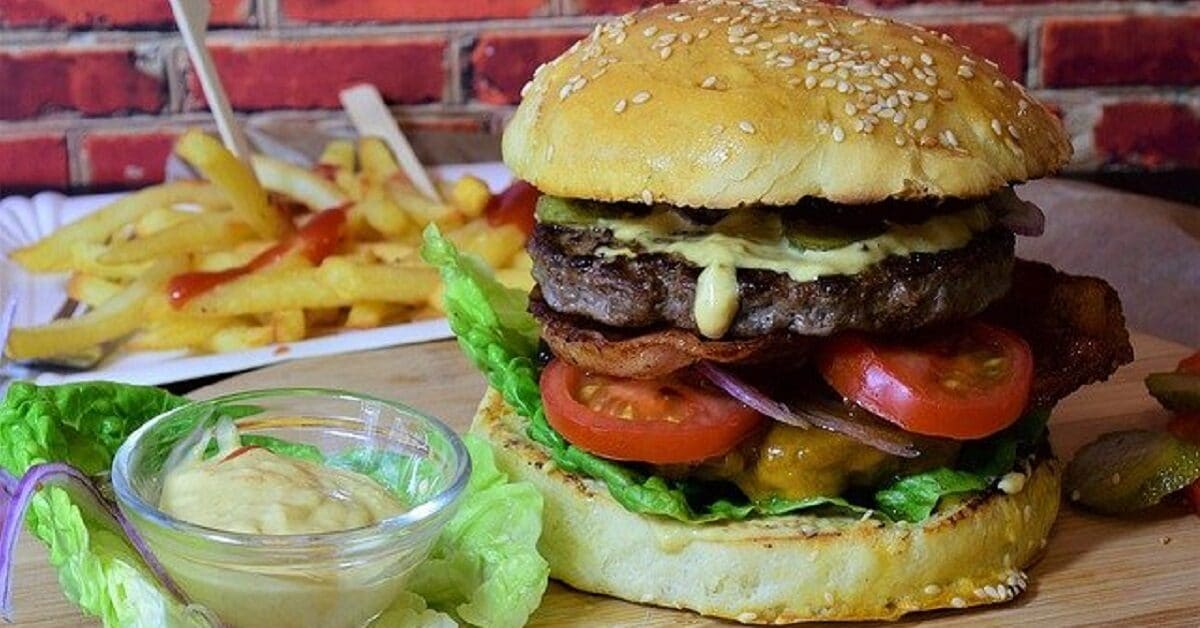
The food and beverages you consume daily contain nutrients, such as carbohydrates, fats, and protein, that yield energy when metabolized. The released energy supports physiological functions, such as breathing (respiration), blood circulation, digestion, absorption of nutrients, body temperature regulation, growth, and repair of cells.
While your body can use fats and proteins, it preferentially burns carbs to supply the energy needed for life-sustaining functions. However, when you run short of carbs — such as during prolonged exercise, fasting, or starvation — your body can mobilize its strategic fat reserves for energy.
Protein is used primarily for repairing damaged cells and building new body tissues. Your body does not store protein. Instead, it converts excess dietary protein to carbs and fats for storage. Your body may start breaking down proteinous tissues to supply energy if it runs out of carbs and fats.
The digestive system breaks down food containing complex carbs into simpler carbs, such as monosaccharide glucose, fructose, and galactose.
The digestive system can rapidly metabolize glucose to release energy. However, glucose not immediately needed for energy is converted to glycogen (a glucose polysaccharide) and transported to the liver for storage. Your body can quickly mobilize its tactical glycogen reserves to produce glucose when needed to power physiological functions and physical activity.
However, when you regularly consume more energy than you need to fuel daily functions and replenish glycogen stores, your body converts the excess to fat and uses it to swell its strategic fat reserves. Fat stores or adipose tissues occur under the skin (subcutaneous fat), in the belly, and around the kidneys, waist, hips, thighs, and butt.
People who consume processed foods high in empty calories are at a high risk of being overweight and obese. Replacing empty calorie foods with healthy foods low in calories, such as apples, and moderate amounts of nutrient-dense, high protein foods, such as eggs, help prevent weight gain.
When you are on maintenance calories you eat just enough to fuel body functions and maintain glycogen stores, leaving no excess to increase your fat reserves.

